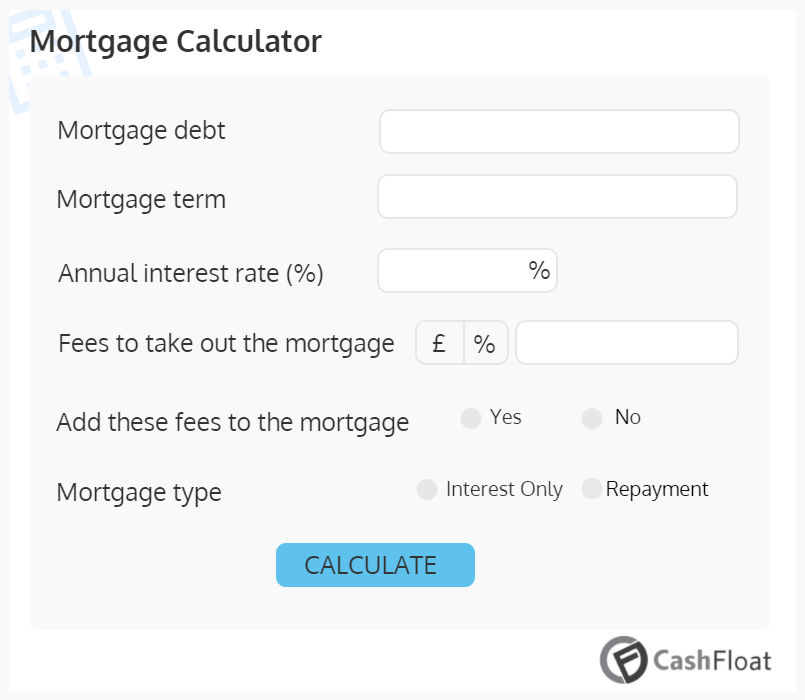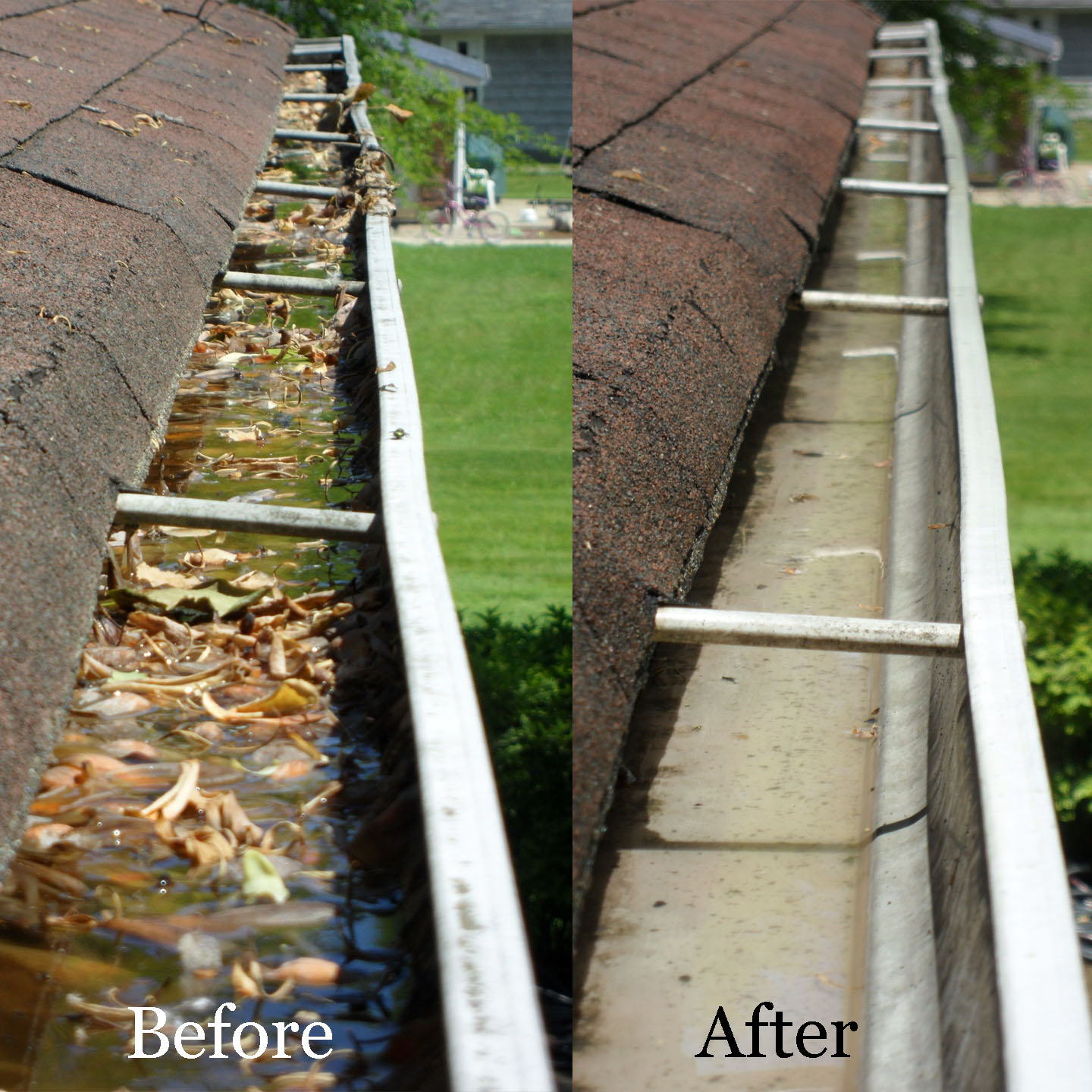Table of Content
Home improvement loans let you finance the cost of upgrades and repairs to your home. That being said, the SBA does set a maximum rate lenders can charge. For fixed-rate SBA 7 loans, the maximum is the prime rate plus a set interest rate. For variable-rate loans, the maximum is the base rate plus a set interest rate determined by the loan’s maturity date. Because another lien takes precedence, lenders could be on the hook for significant losses should you stop making payments.

Most home renovation loans require the borrower to have a certain amount of equity in the home, though personal loans usually do not. Most lenders prefer your debt-to-income ratio to be below 43%. Applying for a home equity loan requires a lot of paperwork as it’s similar to a mortgage.
SBA loan fees
If you have no mortgage on your home, and your home improvements will cost less than €50,000, this may be your only option. Personal bank loans are relatively fast to approve once you have a good credit history. Interest Rates can range between 10-14% per annum for a personal loan depending on the amount and repayment term. If you fail to pay back your home equity loan, it’s possible the lender could foreclose on your house.

Due to this added risk, you can expect stricter eligibility requirements for most second-lien loans, such as higher credit score minimums. Remortgaging is when you swap your existing residential mortgage for a new one. Most people remortgage for better repayment terms, predominantly for lower interest rates. This works by taking out a new mortgage that borrows an equal amount of your existing mortgage balance. This money pays off the first mortgage leaving you with the new mortgage only. Some lenders offer excellent interest rates for remortgage clients although you may have to prove your income and that the loan is affordable to you.
Securing a personal loan is easier and faster
These loans are also backed by the government, which means you’ll get special benefits — like a low down payment and the ability to apply with a less-than-perfect credit profile. Keep in mind that cash-out refinances have higher closing costs — and they apply to the entire loan amount, not just the cash-back. So you’ll likely need to find an interest rate that’s significantly lower than your current one to make this strategy worth it. You should compare costs over the life of the loan, including closing costs. That means looking at the total cost of the new loan versus the cost of keeping your current mortgage for its life.

Interest rate incentives for utilizing Auto Pay may not be combined with certain private student loan repayment programs that also offer an interest rate reduction. A cash-out refinance may make sense if you’re using the loan for a specific purpose, such as home improvements or to pay off high-interest debt. Additionally, if you’re able to get a lower interest rate than your current mortgage, a cash-out refinance may be worth considering. Home equity loan terms tend to be around 15 years, but can range from five to 30 years. Rates for these loans currently hover around 6-7%, the average rate being 6.98% in 2022.
Personal loan
Bankrate.com does not include all companies or all available products. When considering renovations, keep in mind that the total cost will probably involve more than just labor and materials. The total often includes fees for architectural and engineering services, inspections and permits, and potentially having to put up a contingency reserve of 10 percent.
Read our editorial process to learn more about how we fact-check and keep our content accurate, reliable, and trustworthy. If you apply for an unsecured home improvement loan, the maximum amount you can borrow might be low, such as $20,000. Another difference between home equity loans and home improvement loans is the loan amount.
Know how much equity you currently have
You’ll need to prove your creditworthiness — in fact, you’d better start gathering your past two years of financial documents if this type of loan is your first choice. Like a traditional mortgage, a home equity loan is an installment loan repaid over a fixed term. Different lenders have different standards as to what percentage of a home’s equity they are willing to lend, and the borrower’s credit rating helps to inform this decision. For example, if you owe $150,000 on a home valued at $250,000, you have $100,000 in equity.
Founded in 1976, Bankrate has a long track record of helping people make smart financial choices. We’ve maintained this reputation for over four decades by demystifying the financial decision-making process and giving people confidence in which actions to take next. She has more than 30 years’ experience as a writer and editor for newspapers, magazines and online publications.
Editorial and user-generated content is not provided, reviewed or endorsed by any company. Bankrate is compensated in exchange for featured placement of sponsored products and services, or your clicking on links posted on this website. This compensation may impact how, where and in what order products appear.

Be prepared to verify your income and financial information with documentation. This includes pay stubs, W-2s (or 1099s if you’re self-employed), and bank statements, to name a few. On the other hand, this type of loan can take longer to close.
The difference is that, since you’re tapping into your home’s equity, the amount you’ll owe will actually increase. However, the lender will consider your credit history, and outstanding debts, including your mortgage to ensure you can repay the loan. Some lenders won’t provide a loan unless the value of your home exceeds your outstanding mortgage.

No comments:
Post a Comment